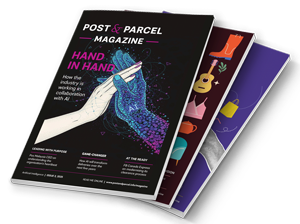
Campaign Effectiveness study
Campaign Effectiveness
While the typical item of Direct Mail achieves a 1%-5% level of response, there is a huge range of different rates achieved.
Royal Mail recently commissioned research to identity common characteristics of successful (and unsuccessful) campaigns.
Methodology
Quadrangle was commissioned to undertake this research among a broad base of advertisers.
Screening criteria
Responsible for organising at least one direct mail campaign in the last 12 months
Aware of the response rate you have achieved in percentage terms from your most recent campaigns
Mixture of B2B and B2C campaigns
Base
80 online interviews – 160 campaigns
239 telephone interviews – 446 campaigns
Key Insights
While the typical item of Direct Mail achieves a 1%-5% level of response, there is a huge range of different rates achieved. The most commonly achieved response rate for B2C campaigns is 3%; for B2B campaigns it is 1%.
Successful B2C mailings are particularly likely to have utilised a customer database. Evidence suggests that bought-in lists are more effective in the B2B arena than B2C. For both B2B and B2C campaigns, campaigns with “strong” database quality achieve levels of response that are c. 50% above norm.
Creativity is key to campaign success. Mailings with strong creativity generate over twice the average level of response. Those with weak creativity achieve response rates that are around a third of the average. This holds true for both B2C and B2B mailings.
Amount spent per mailing is less critical than creativity, but there is nonetheless a link between low levels of investment and low response. B2B campaigns with an investment of less than 60p per item perform particularly poorly.
Campaigns that have “strong” integration with other brand activity deliver response rates that are 60%+ above norm for both B2C and B2B campaigns.
B2C campaigns sent via Mailsort 1 achieve a level of response that is 70% above norm.










![Citizens Advice: We continue to see millions of people chasing lost parcels [and] having their accessibility needs ignored](https://postandparcel.info/wp-content/uploads/2020/12/parcels-440x264.jpg)

